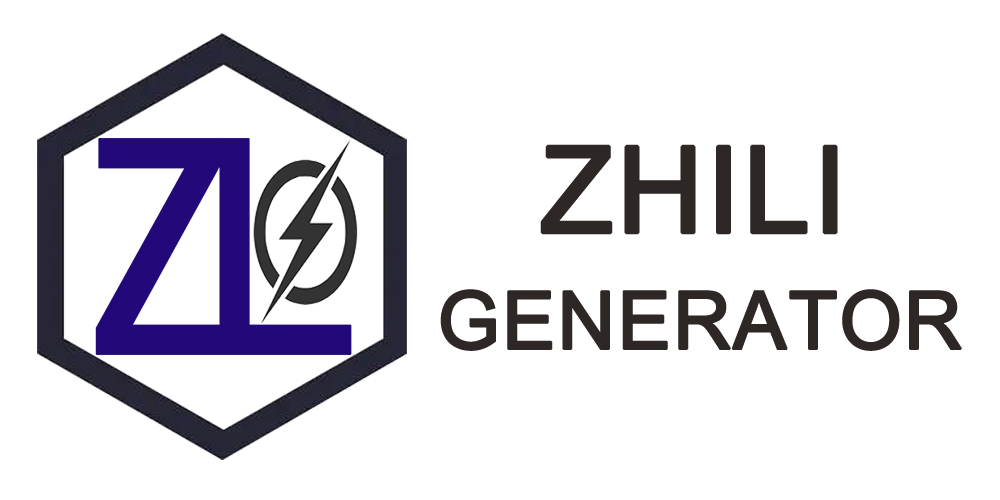Functions And Roles Of Diesel Generator Set Components
Functions And Roles Of Diesel Generator Set Components
A diesel generator set mainly consists of a diesel engine, generator, control system, cooling system, fuel system, starting system, and base.
1. Diesel Engine: Serving as the prime mover, it provides the power to drive the generator’s rotation. Typically comprised of components such as cylinders, pistons, cylinder heads, intake valves, exhaust valves, piston pins, connecting rods, crankshafts, bearings, and flywheels. The diesel engine generates high-temperature and high-pressure gases by burning fuel in the cylinders, which propels piston movement. Subsequently, through connecting rods and crankshafts, the linear motion of the pistons is converted into rotary motion.
2. Generator: Converts the mechanical energy provided by the diesel engine into electrical energy. Internally, the generator comprises a rotor and a stator. As the diesel engine drives the generator rotor’s rotation, the magnetic field on the rotor interacts with the coils on the stator, inducing electromotive force, thereby outputting electrical energy.
3. Control System: Responsible for monitoring and regulating the operation of the diesel generator set, including controlling the engine speed, generator output voltage, and frequency. Typically includes components such as a control box, display screen, and sensors, enabling real-time monitoring of the unit’s operation and necessary adjustments and protections.
4. Cooling System: Used to dissipate the heat generated by the diesel engine during operation, ensuring the stable operation of the unit. Typically employs a closed-loop water cooling method, absorbing and carrying away the heat from the diesel engine through circulating coolant.
5. Fuel System: Responsible for supplying the diesel engine with the appropriate amount of fuel to meet its combustion requirements. Includes components such as fuel tanks, fuel pumps, and injectors, ensuring a stable and reliable fuel supply.
6. Starting System: Used to initiate the diesel engine. Typically employs air starting or 24V DC starting methods, providing sufficient starting torque to start the diesel engine from a static state.
7. Base: Used for installing and supporting the other components of the diesel generator set, typically possessing good shock resistance to ensure the stability and safety of the unit during operation.
These components work together to convert diesel fuel into electrical energy to meet various power demands. Additionally, proper matching and coordination among these components are required to ensure the operational efficiency, stability, and reliability of the unit.

